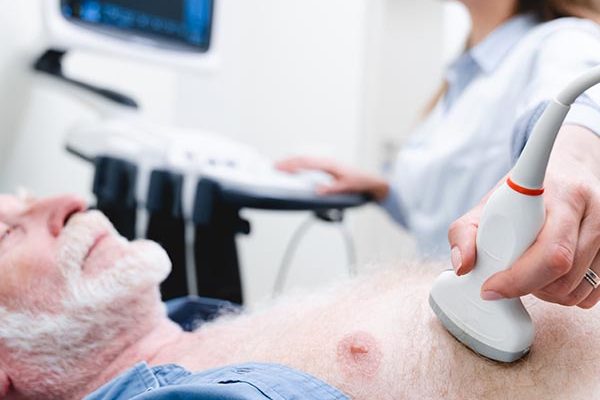The Nanograb technology empowers scientists and doctors to selectively detect biomarkers by creating super-selective systems made out of DNA.
Proposed use
Nanograb technology has the potential to revolutionize the medical diagnostic industry by presenting an alternative to conventional diagnostic methods such as polymerase chain reaction (PCR), lateral flow, and culture-based testing.
It employs DNA oligonucleotide probes which are designed to attach to the genomic DNA of target pathogen(s) at multiple places at once. This highly adaptable approach offers a more accurate, accessible, and cost-effective diagnostic solution.
Spinout company
The inventors of the Nanograb technology are commercialising it through an Imperial spinout company, Nanograb Ltd initially focused on developing a platform to design synthetic antibodies
Problem addressed
Currently, PCR testing, lateral flow tests, and cell culturing are the most commonly used methods to test for diseases. While effective, these methods have their limitations. PCR testing, though highly accurate and sensitive, can be time-consuming and requires complex laboratory equipment and trained personnel. Lateral flow tests, despite offering quick results and ease of use, often require less reliable antibodies and are less accurate than PCR tests, resulting in a higher probability of false positives and negatives. Cell culturing, the traditional gold standard for pathogen detection, is a slow process, often impractical for urgent clinical decisions due to the time it takes, ranging from days to weeks.
To overcome these limitations, Nanograb has developed a computational platform that employs a multivalent biophysics model for the design of DNA detection probes. This technology paves the way for a new generation of diagnostic tools that are more accurate, reliable, cost-effective, and accessible. It has the potential to transform not just medical diagnostics, but also other fields such as environmental management and food safety.
Technology overview
Nanograb’s proprietary software-first platform facilitates the rapid design of small DNA probes for use in multivalent detection systems. This detection mechanism allows the probes to attach to multiple locations on the target genome simultaneously, ensuring greater detection accuracy and specificity compared to conventional methods.
Benefits
- High resolution and consistency
- Rapid design process
- Widely applicable to any genomic target
- Capable of differentiating similar clinical targets
- Ethically produced without the need to exploit animal models
- Cost-effective manufacturing





